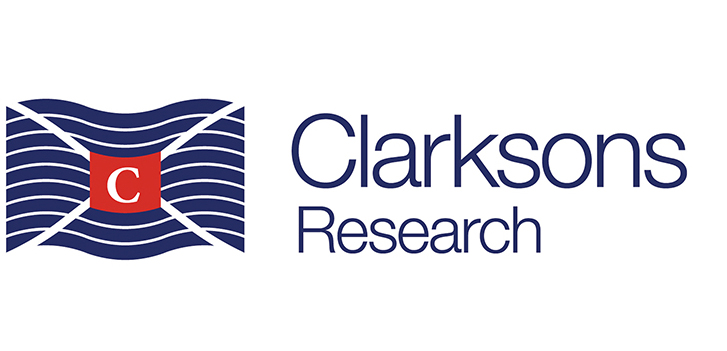
Clarksons Research have released the latest version of their long standing annual review,
LNG Trade & Transport, on to Shipping Intelligence Network. Recent geopolitical turmoil and focus on 'energy security' has placed the LNG sector at the centre of global events, adding further momentum to a shipping segment with plenty of existing underlying growth trends. Reviewing the report and recent data points, Steve Gordon, Managing Director of Clarksons Research, commented:
The LNG industry is experiencing a significant expansion phase, with recent focus on energy security enhancing an underlying growth outlook supported by Asian gas demand, energy transition dynamics and a significant LNG export project program.
European LNG imports up ~50% y-o-y in 1H 2022, with some US exports diverting to Europe rather than Asia and impacting average haul and tonne mile.
Strong projected LNG trade growth of 5% in 2022 to 400mt, with tonne mile growth projected at 3%. There are now 58 countries involved in LNG trade and 308 active country to country trades (2011: 42 and 163).
LNG export program suggests a doubling of the current 459mt of LNG export liquefaction capacity by 2028, with 165mtpa of export capacity now under construction and a further 293mtpa in FEED.
Final Investment Decisions (FID) totalling 31mtpa confirmed in 1H 2022 with increases in SPA signings.
Surge in interest in the FSRU sector amid energy security concerns in Europe; 12 FSRUs now secured by European countries since the onset of the conflict.
LNG carrier fleet capacity reaches 691 vessels (621 over 100,000 cbm) of 103.8m cbm (for context the fleet was 362 vessels and 51.9m cbm ten years ago), with expansion of 3.8% and 4.6% projected for 2022 and 2023. 60% of capacity now owned by independent shipping companies, up from 43% in 2000.
Newbuild orderbook now 40% of existing capacity, up from 27% at start 2021, while 32% of existing capacity is steam turbine and there are uncertainties around the impact of EEXI and CII regulations.
Record LNG newbuild carrier contracting; 104 vessels of 17.4m cbm and $22bn ordered in 2022 as of mid-July (including ~30 for the Qatari newbuild programme), with contracting largely project-driven ahead of the significant volume of liquefaction capacity set to come online in 2025-26.
Firm term charter rate environment; 1-year rate for a 160k cbm DFDE unit stood at $130,000/day in mid-July, with the 1H 2022 average up 56% y‑o‑y, though spot rates more volatile including impacts from Freeport LNG disruption.
Continued expansion in the LNG bunkering market; 147 ports now offer LNG bunkering (potentially increasing to >200 by 2024): 37% of all vessel type newbuilding capacity currently under construction is LNG fuel capable.
Positive and improved long-term outlook; current projections suggest LNG trade could reach ~620mt by 2030 (up ~40mt on prior estimates reflecting assumptions), supported by energy transition dynamics (LNG as a bridging fuel), firm Asian demand growth, liquefaction capacity expansion and a push towards energy security and a reduced reliance for Europe on Russian pipeline gas, with potential requirements for ~$99bn of newbuild investment across 2023-30.
The opinions expressed herein are the author's and not necessarily those of The Xinde Marine News.
Please Contact Us at:
media@xindemarine.com


 Ningbo Containerized Freight Index Weekly Commentar
Ningbo Containerized Freight Index Weekly Commentar  Ningbo Containerized Freight Index Weekly Commentar
Ningbo Containerized Freight Index Weekly Commentar  Ningbo Containerized Freight Index Weekly Commentar
Ningbo Containerized Freight Index Weekly Commentar  BIMCO Shipping Number of the Week: Bulker newbuildi
BIMCO Shipping Number of the Week: Bulker newbuildi  Ningbo Containerized Freight Index Weekly Commentar
Ningbo Containerized Freight Index Weekly Commentar  Ningbo Containerized Freight Index Weekly Commentar
Ningbo Containerized Freight Index Weekly Commentar